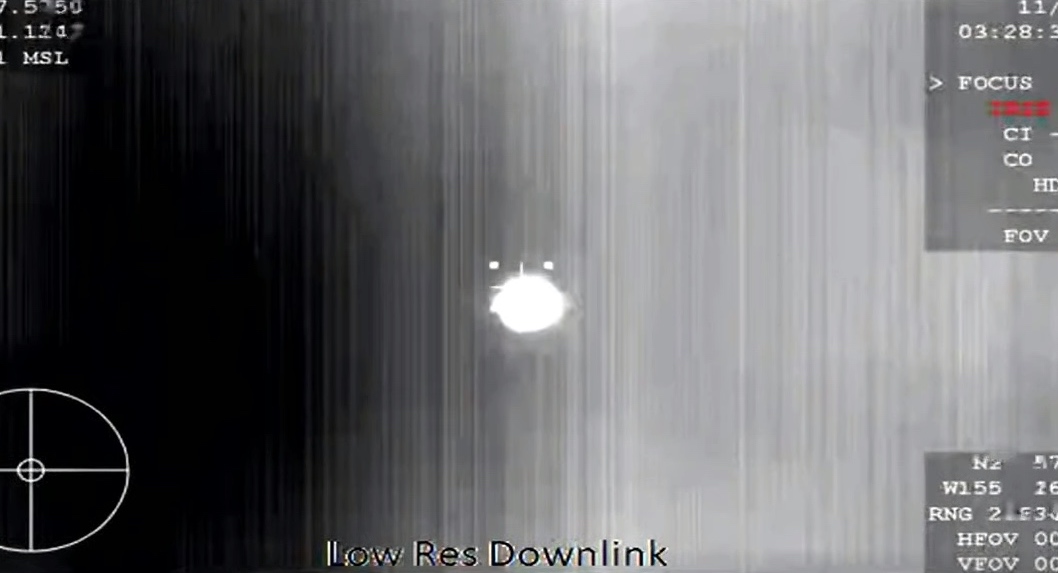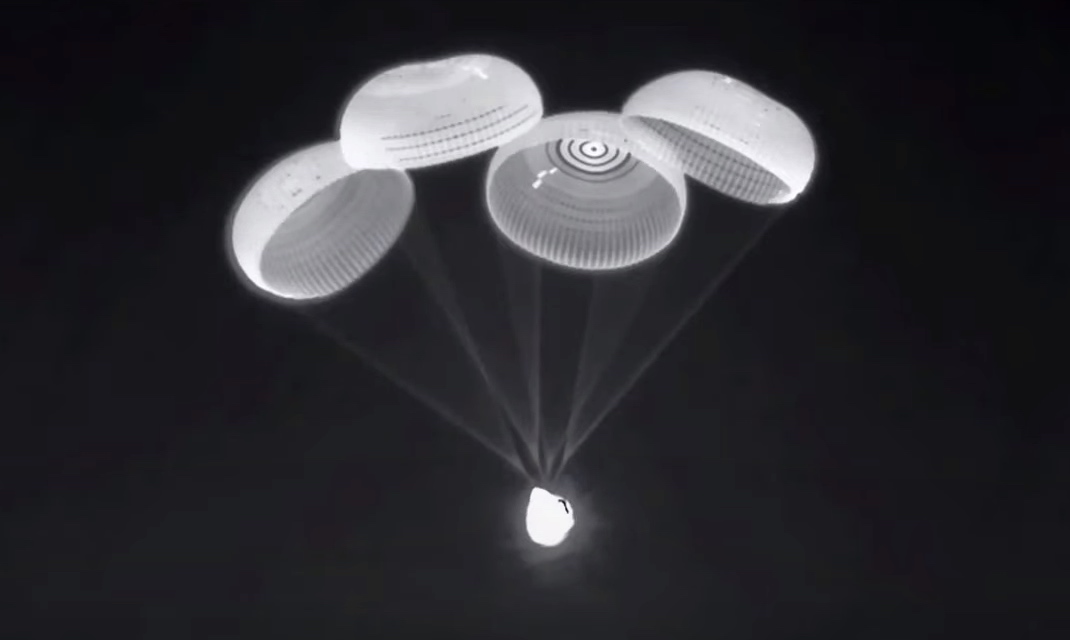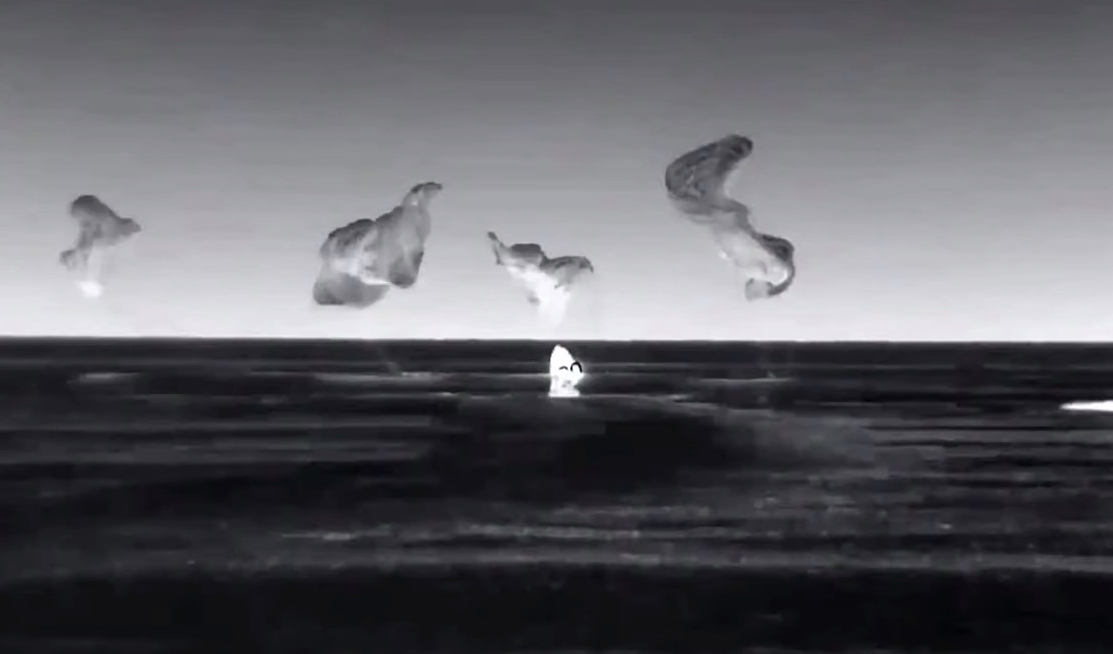SpaceX’s Crew-2 astronauts have splashed down in the Gulf of Mexico at the end of an eight-hour voyage from the International Space Station (ISS).
The Crew Dragon Endeavour spacecraft performed a parachute-assisted water landing at the expected time of 10:33 p.m ET (7:33 p.m. PT) on Monday, November 8.
The Crew-2 astronauts — NASA’s Shane Kimbrough and Megan McArthur, the European Space Agency’s Thomas Pesquet, and Akihiko Hoshide from Japan’s space agency — departed the ISS at 2:05 p.m ET (11:05 a.m. PT) on Monday after spending 199 days in space, and later splashed down in the Gulf of Mexico near Pensacola, Florida.
SpaceX and NASA livestreamed the return journey and also dropped regular posts on social media to keep interested folks up to date with events.
Here’s how the evening unfolded:
After a six-month stay, Dragon and the Crew-2 astronauts are set to depart the @space_station today at ~2:00 p.m. ET → https://t.co/bJFjLCilmc pic.twitter.com/fgKtzNztfE
— SpaceX (@SpaceX) November 8, 2021
In the video below you can listen to NASA astronaut Mark Vande Hei, who is remaining on the ISS, say his goodbyes to the Crew-2 astronauts as they begin their trip home:
This is what teamwork sounds like.
As @SpaceX's Crew Dragon Endeavour begins its flyaround of the @Space_Station, @Astro_Sabot shares words of farewell for his departing Crew-2 colleagues: pic.twitter.com/nBEAA6aRVa
— NASA (@NASA) November 8, 2021
Here’s the Crew Dragon as seen from the space station shortly after the undocking procedure:
Dragon flying around the @space_station pic.twitter.com/ay5U5EhyNr
— SpaceX (@SpaceX) November 8, 2021
A series of departure burns sent the Crew Dragon on its first fly-around of the ISS in preparation for the final stages of the return journey:
That's a lap! @SpaceX's Crew Dragon Endeavour has completed its flyaround of the @Space_Station and is in a series of departure burns.
Visit https://t.co/z1RgZwQkWS for continuous coverage. We'll pick up final splashdown coverage live on Twitter ~9:30pm ET (02:30 UTC): pic.twitter.com/tDsx4egvlp
— NASA (@NASA) November 8, 2021
Ahead of entering Earth’s atmosphere, the astronauts changed into their spacesuits:
Crew-2 astronauts have donned their spacesuits ahead of Dragon's reentry into the Earth's atmosphere pic.twitter.com/1kKg2iH7ZA
— SpaceX (@SpaceX) November 9, 2021
Entering Earth’s atmosphere at high speed:
Early views of the @SpaceX Crew Dragon Endeavour reveal the plasma trail of the vehicle reentering the Earth's atmosphere. pic.twitter.com/ZrBbO7hXNp
— NASA (@NASA) November 9, 2021
The final stages of the voyage back to Earth were captured by night cameras:
Our own Phil Nickinson saw the fireball as the Dragon capsule made its way to splashdown just south of Pensacola, Fla.
https://twitter.com/philnickinson/status/1457916461301780489
A glimpse of the crew before they were helped out of the spacecraft:
Smiles, thumbs up, and peace signs. The @SpaceX Crew-2 astronauts are happy to be home after six months in space. pic.twitter.com/W9ziABkq0k
— NASA (@NASA) November 9, 2021
Pesquet’s pictures
Shortly before departing the space station, French astronaut Thomas Pesquet posted a tweet to celebrate 200 days in space.
200 jours dans l’espace valaient bien 99 photos : voilà une collection des meilleures de toute la #MissionAlpha. Il en reste encore des centaines !
😉
200 days in space deserved a 99 #bestof from the mission. The good news is that there are 100s left to share – more to come! pic.twitter.com/rptTSsAfeX— Thomas Pesquet (@Thom_astro) November 8, 2021
It’s certainly been a busy mission for Pesquet and his crewmates, who have spent the last half year working on countless science experiments while also conducting spacewalks and capturing fabulous imagery from 250 miles above our planet.
This is the fourth SpaceX mission to bring astronauts home from space using its Crew Dragon spacecraft. Following years of testing, SpaceX’s first astronaut flight took place in the summer of 2020 when it sent NASA’s Doug Hurley and Bob Behnken to the space station, bringing them safely home two months later. Subsequent crewed voyages have included the Crew-1 mission that ran from November 2020 through May 2021, the all-civilian Inspiration4 flight in September 2021, and the current Crew-2 mission.





